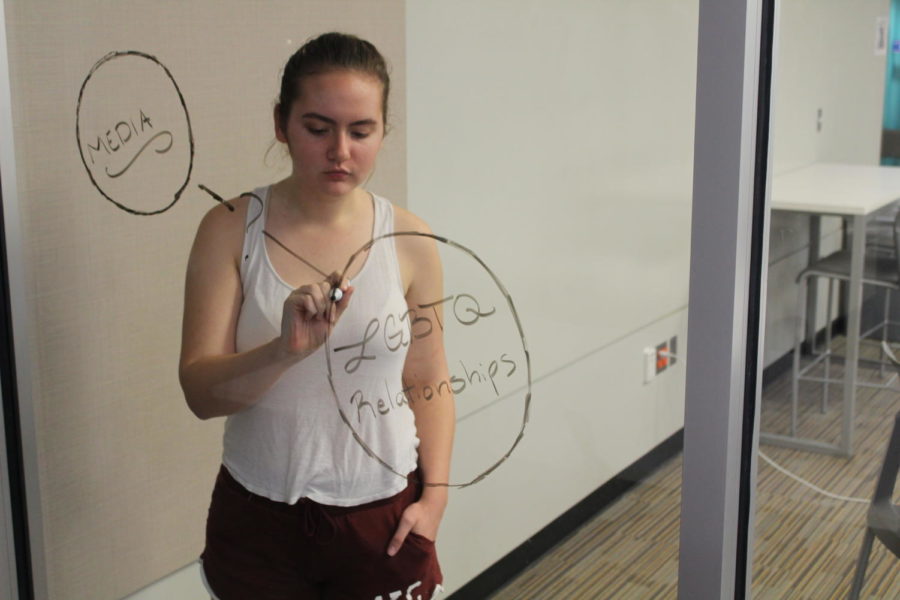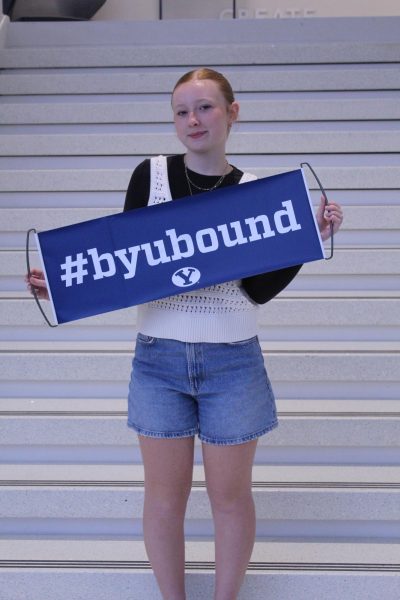Repressed Representation
We need more – and better LGBTQ+ media representation.
Stop. Squint your eyes. Grab your remote and reverse the movie. Oh, I see it now. The minimal amount of screen time a LGBTQ+ relationship gets in a movie.
Do you remember that hint in “Mamma Mia” (spoilers ahead) that Harry was gay after that weird, coded 30 second conversation? Or later, when he was dancing and accidentally fell into the arms of another man for a split second? Wow, way to show diversity.
Or, remember the 2017 version of “Beauty and The Beast,” when it was hinted that Gaston’s sidekick, LeFou, was gay after merely one joke about it? I remember all of the articles concerning the upset and the plan to boycott the movie because of this. Imagine my surprise when I got to the movie theater and discovered that all of this upset was the result of one joke about LeFou’s sexuality and him dancing with another man.
It’s almost like movies are testing the waters of public opinion, so much so that they are almost promoting more silence and the “sweep it under the rug” mantra for LGBTQ+ characters and relationships.
Sure, the communtiy has media representation like “Love, Simon,” “Queer Eye” and “Call Me By Your Name” but is Hollywood really making strides concurrent with culture today?
For instance, take the movie “To All The Boys I’ve Loved Before,” which we reviewed this month (page 30.) Out of all of the characters in the movie, there is only one character who is openly gay. On top of this, the character is reduced to less than five minutes of screen time and the only thing we know about him is his sexuality.
You know that cliché where the male gay best friend has no personality or character development whatsoever and their only purpose is to shop with the main character? Yeah, that one. This trope has been carved to its finest points – cumulating over a century of similar portrayals in media history – to further promote people who are gay as simply a comedic element.
Fair and truthful stories of LGBTQ+ relationships and people are few and far between. It’s time the media industry stops reducing and ridiculing an entire population to appeal to the largest audience possible. It’s time for media to represent everyone. It’s time for change.




